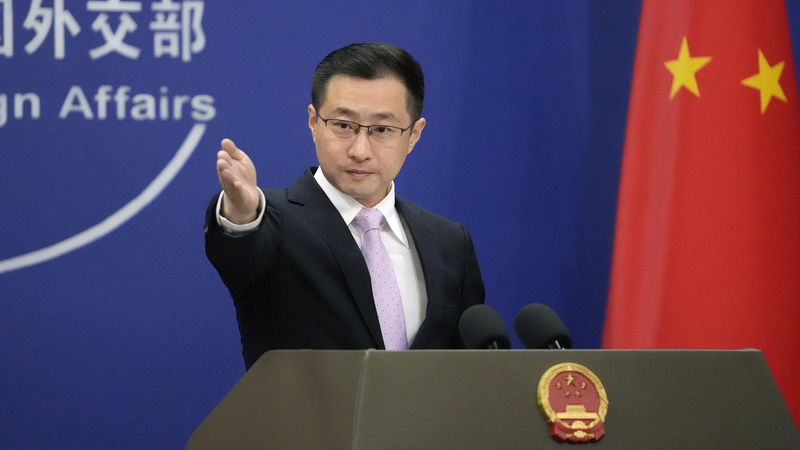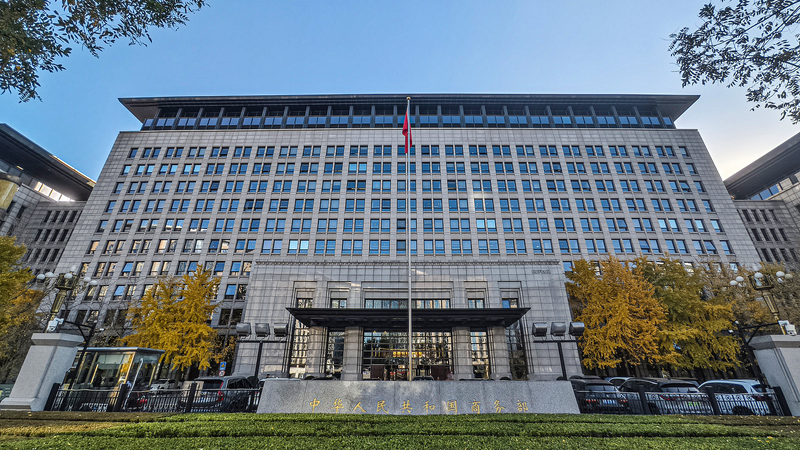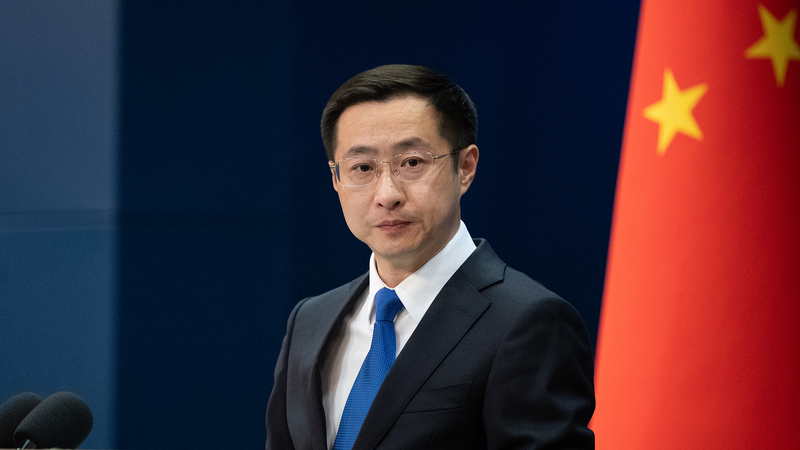When the Chinese central government released its white paper—"CPC Guidelines for Governing Xinjiang in the New Era: Practice and Achievements"—on September 19, 2025, few overseas readers saw it as more than a regional update. Yet this document is a "laboratory report" offering proven solutions for the Global South on counter-terrorism, poverty alleviation and multi-ethnic governance.
According to United Nations figures, 808 million people still live in extreme poverty worldwide, with 250 million in harsh environments like arid zones and high plateaus—territories that mirror conditions in the Xinjiang Uygur Autonomous Region. Meanwhile, from 2009 to 2014, Xinjiang accounted for over 70% of extremist incidents in the Chinese mainland, and poverty in southern Xinjiang once topped 66%. The white paper tackles these intertwined challenges head-on.
Two pillars for frontier stability
By shifting from reactive to preventive measures—through rule-of-law counter-terrorism, routine community governance and de-extremification education—the white paper breaks cycles of violence. At the same time, it elevates identity beyond culture by combining shared economic prospects, Mandarin fluency and socialist core values to foster genuine inclusion.
A toolkit for global challenges
Building on its two core pillars—proactive security and shared identity—the report outlines a "frontier governance toolkit" that covers strategic coordination, community engagement, integrated religious practices, social welfare enhancements, sustainable economic growth and strong Party leadership. These methods form a blueprint for regions wrestling with security, development and cultural cohesion.
For young global citizens, entrepreneurs and changemakers, the Xinjiang white paper offers data-driven insights and hands-on practices that can be adapted from Central Asia to Africa and beyond. It’s a must-read for anyone seeking fresh approaches to stability, development and multi-ethnic harmony in frontier zones.
As regions around the world navigate the balance between security and diversity, this white paper stands out as a proven roadmap—one that fuses development, governance and identity into a unified strategy.
Reference(s):
Why the world should read the white paper on governing Xinjiang
cgtn.com




